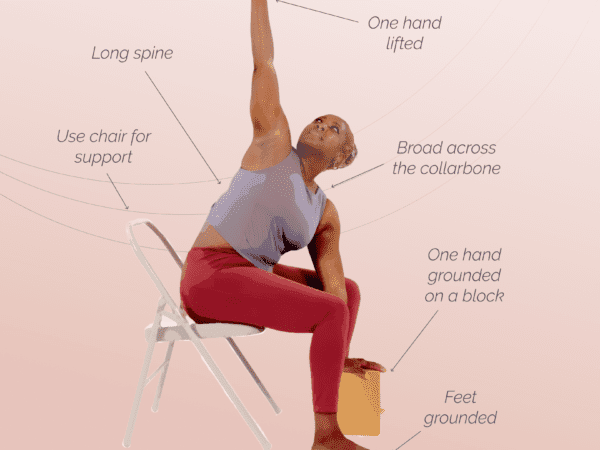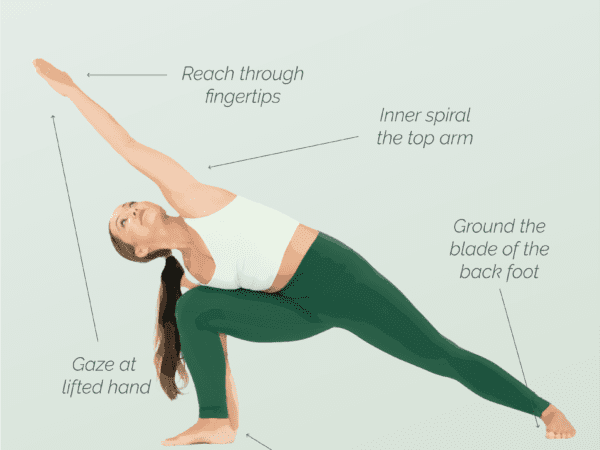Modified headstand (sirsasana) is a good way to prepare yourself for practicing inversions. You can use this pose as a halfway point when you are learning how to do a full headstand or even as a substitute for the pose in yoga sequences. Using modifications and variations for poses is an excellent way to incorporate more challenging postures into your practice, even as a beginner. By practicing this pose, you can improve strength, balance, and focus while experiencing a sense of calm and rejuvenation.
Benefits of Modified Headstand
Modified headstand can have some benefits for advanced yogis and beginners alike, including:
- Improved strength in the upper body, including the arms, shoulders, and core.
- Increased blood flow to the brain, which can enhance mental clarity and focus.
- Improved balance and stability, as the pose requires engaging the core muscles.
- Strengthening of the neck muscles, which can help alleviate tension and reduce the risk of neck pain.
- Enhanced digestion and metabolism, as the inverted position can stimulate the digestive system.
- Reduced stress and anxiety, as the pose promotes relaxation and a sense of calm.
- Improved lymphatic circulation, which can support the immune system and detoxification processes in the body.
- Increased self-confidence and body awareness, as mastering the pose requires practice and perseverance.
Contraindications for Modified Headstand
While modified headstand can offer many benefits, it is important to be aware of the following contraindications:
High blood pressure: Individuals with high blood pressure should avoid practicing modified headstand, as the inverted position can increase blood pressure even further.
Neck or spine injuries: If you have any neck or spine injuries or conditions, it is best to avoid this pose or consult with a qualified yoga instructor for modifications.
Glaucoma or eye conditions: Inversions, including modified headstand, can increase pressure in the eyes, so individuals with glaucoma or other eye conditions should avoid this pose.
Pregnancy: Pregnant individuals should avoid practicing modified headstand, as it can put pressure on the abdomen and potentially harm the developing fetus.
Heart conditions: If you have any heart conditions or cardiovascular issues, it is best to avoid inversions or seek guidance from a healthcare professional before attempting modified headstand.
Always listen to your body and consult with a qualified yoga instructor or healthcare professional if you have any concerns or specific health conditions.
Step-By-Step Instructions for Modified Headstand
To perform a modified headstand, follow these tips and steps:
Begin by placing two yoga blocks on top of each other in front of you.
Kneel down on your mat in front of the blocks and place your forearms on the floor, keeping your elbows directly under your shoulders.
Interlace your fingers with the palms facing each other and place the crown of your head on the mat, forming a tripod base with your forearms and head.
Tuck your toes under and lift your hips up, coming into a downward dog position with your head and forearms still supported by the blocks.
Step your feet up onto the block, one at a time.
Engage your core and press into your forearms. Keep your shoulder girdle firm.
Maintain a strong core and steady breath as you hold the pose for a few breaths or as long as comfortable.
To come out of the pose, slowly step off of the block, returning to the downward dog position with your head on the ground.
Finally, gently release your knees to the mat and rest in child’s pose or any other comfortable resting position.
Remember to approach modified headstand with caution and only attempt it if you feel confident and comfortable. It is always recommended to practice under the guidance of a qualified yoga instructor.
Are you looking for more guidance on your yoga journey? Sign up for Omstars to get access to thousands of yoga classes in the comfort of your own home. Click here to start your subscription.










